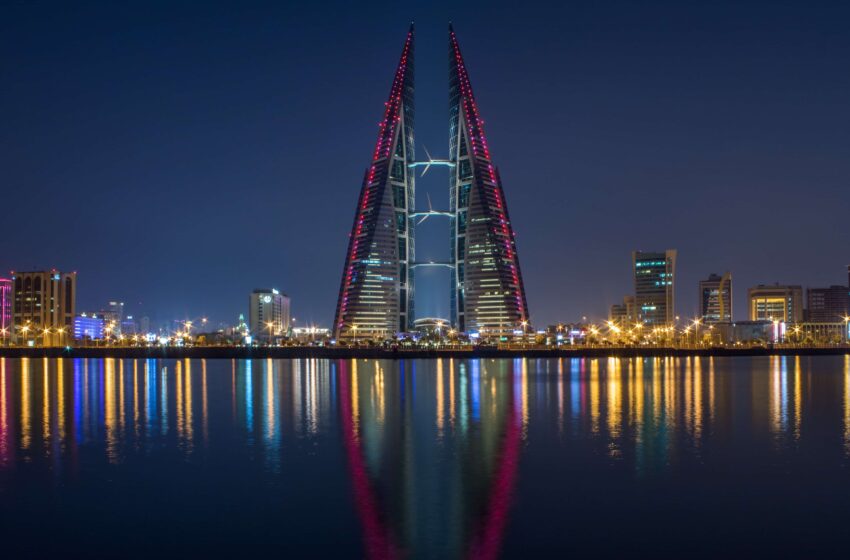
Bahrain’s Only Travel Guide You Need For A Great Trip in 11 Easy Steps
- Destinations Asia
Cruisit Team
- May 10, 2022
- 0
- 4632
- 58 minutes read
Bahrain’s Background
Because of its modest size and strategic placement among Persian Gulf countries, Bahrain must perform a careful balancing act in foreign relations with its bigger neighbors. With its oil supplies dwindling, Bahrain has moved to petroleum processing and refining, as well as transforming itself into an international finance hub.
The new prince (Amir), who took office in 1999, has pushed for economic and political changes as well as efforts to improve ties with the Shi’a population. Bahraini voters supported a referendum on the National Action Charter, the cornerstone of the Amir’s political reform agenda, in February 2001. Amir Hamad bin Isa Al Khalifa declared himself king in February 2002.
Mini Bahrain, located in the Persian Gulf, has a considerably longer history than its bigger neighbors. It is less opulent than Dubai or Doha, but more vibrant than Kuwait. On weekends, Saudis used to flock here to let their hair down. Bahrain is as libertarian as it gets in the Gulf. Bahrain was originally known as Dilmun, which was another name for Eden in The Epic of Gilgamesh, and this Eden is now available to travelers — simply fly in and acquire your visa on arrival.
Want to tour one of the region’s most stunning forts? Visit Bahrain. Walk through Muharraq’s twisting lanes for some really authentic Gulf charm, as opposed to the spruced-up tourist versions found elsewhere. Visit some of the Dilmun’s remains or look out over Manama’s contemporary skyline from Muharraq. Also, remember to pay your respects to the Tree of Life (aka Shajarat-al-Hayat) which is a 400-year-old tree in the middle of the desert.
“Bahrain combines history and a lively present like an oyster, from the ancient Dilmun empire and its rich and varied culture to its pearling past and current wealth, seen in its skyscrapers and modern architecture.“
Bahrain is one of the Gulf region’s most liberal and tolerant governments; yet, there has recently been significant unrest between the mainly Shia Muslim people and the governing Sunni elite. It is important to stay up to date on current events, but in general, the hostility is not focused on visitors.
Bahrain is a small country that is reasonably easy to navigate. If you desire, you can walk to many of the attractions, but be warned, it is scorching hot. Although Arabic is the official language, English is commonly spoken and understood.
Despite its tiny size, Bahrain has a lot to offer. From diving excursions to museums of modern art, horseback riding, fishing, dolphin spotting, visiting traditional residences, strolling through the ancient market, and so much more. It’s unquestionably a nation to add to your bucket list.
- Begin your day with a stroll around Muharraq’s bazaars and traditional residences, and then visit the Beit Sheikh Isa Bin Ali House to witness how the affluent lived.
- Visit the magnificent Bahrain Fort (Qal’at al-Bahrain), as well as the lesser Arad and Riffa Forts.
- The Bahrain National Museum will teach you about Bahrain’s glorious past.
- At Ad-Diraz or Barbar, you may feel old Dilmun (also known as Telmun or Tilmun) crunching beneath your feet.
- Explore the remains of one of the region’s and perhaps Bahrain’s oldest mosque, the Al Khamis Mosque, and contrast it with the modern Al Fateh Grand Mosque.
- Visit Beit Al Qur’an, which has a unique and extensive collection of Quranic manuscripts and Islamic art.
- Return to Muharraq at nightfall to admire the Manama skyline.
- The most convenient way to enter the nation is by plane, and upon arrival, you will be issued a 14-day visa. However, if you reside in one of the adjacent nations, it is a relatively short journey.
- There are several buses that go around the country and it’s the most affordable way to go around, however, understanding the bus routes might be tough.
- Because accommodation is highly costly in Bahrain and around the region, it may be more cost-effective to check into hosting services such as Couchsurfing.
- Bahrain has the most permissive alcohol regulations in the Gulf, with alcohol being permitted for both Muslims and non-Muslims beginning at the age of 18.
- While Bahrain is highly liberal in comparison to its neighbors, it is still an Islamic country, and as such, public intoxication or love is not prohibited.
- In Bahrain, there have been reports of social unrest and protests, so stay up with the newest headlines.
Crime & Scams
In general, Bahrain is a safe place to visit since crime rates are low and violent crime is uncommon. Even if this is true, you should not loosen your guard totally because burglary, petty theft, and robbery are the most typical types of crime in this country. You can easily prevent falling victim to such crimes by keeping your valuables safely locked and not easy to snatch when in touristy and crowded areas.
Health
Since 1960, Bahrain has had a national healthcare system. The government provides free health care to Bahrainis and subsidized treatment to non-Bahrainis. Bahrani’s healthcare system is among the most advanced in the Gulf region. Furthermore, the country’s facilities are cutting-edge, and physicians, nurses, and dentists are in plentiful supply.
Make sure you are up to date on all standard vaccines before every trip. Chickenpox (Varicella), diphtheria-tetanus-pertussis (DTP), influenza (flu), measles-mumps-rubella (MMR), polio, typhoid, yellow fever, and shingles are among the most commonly prescribed vaccinations worldwide.
You don’t need to obtain travel medical insurance when visiting Bahrain. However, complete medical coverage is always recommended when traveling because you never know what you could experience when abroad.
There are two seasons: a cooler season from December to February and a hot season from April to October, with a particularly hot period from May to mid-October. March and November are transitional months, with moderate but not high temperatures.
Because August is the slowest month for travel in Bahrain (and is the hottest), hotels and other accommodations could be less expensive than normal.
Bahrain’s entry is the easiest for the Gulf citizens thanks to the GCC policies that are put in place. 67 nations can get a visa upon arrival. An online visa is available to 113 nationals, depending on the eVisa acquired, the GCC eVisa permits you to remain in Bahrain for 3 or 7 days. An extension for the same term can be sought by contacting the NPRA in Bahrain. (Some nations are allowed to remain longer.) The GCC eVisa may only be used once for a single entrance.
By Plane
Bahrain is served by around 27 airlines, including Gulf Air, Turkish Airlines, Emirates, Egypt Air, Etihad, and many others. Bahrain International Airport is the country’s international airport. It is located on Muharraq Island, near the capital Manama, and serves as the national carrier Gulf Air’s hub. The total number of civil airports in Bahrain is three.
By Train
There are no direct train networks within Bahrain; nevertheless, trains and buses can be utilized jointly to traverse the distances. Riyadh is the only city with a train station close the border with Bahrain.
By Car
Residents of Saudi Arabia with their own automobiles who have car insurance for both countries are permitted to cross the border. This may be acquired at the border for anyone traveling from Saudi Arabia. Tourists are not authorized to drive a rental automobile between Saudi Arabia and Bahrain. Any Gulf member can use their private automobiles to drive into numerous areas and reach their destinations. Travel times range from 30 minutes from the closest location to the borders to 14 hours, depending on where they leave.
The Qatar-Bahrain Causeway (QBC) is a 40-kilometer-long causeway in the Middle East that connects Qatar and Bahrain. When finished, it will be the world’s longest permanent causeway. Plans to build the bridge were put on hold due to recent political and diplomatic tensions in the region. The bridge, however, is expected to be finished by 2022.
By Bus
SAPTCO operates buses from Saudi Arabia to Bahrain, with costs starting at about $20 for a one-way ticket from the nearest city. However, if your starting place is far or isolated, it is frequently both cumbersome and more expensive than flying. It normally needs one to three bus changes along the trip, which may cost up to $250, which is the same as a plane ticket.
By Boat
Ferry services between Qatar and Bahrain were planned to begin in 2017, however, the first ferry link between Qatar and Bahrain may begin in mid-2022.
Only yacht owners may go to Bahrain on water, and the country has five ports where they can dock their vessel.
By Car
You may rent a car in Bahrain, but you will need a valid driver’s license that has been kept for at least one year, as well as an ID or passport. Foreign drivers (tourists) will also require an international driver’s license, a British driver’s license, an EC license, or a GCC driver’s license. The General Traffic Department must authorize the license, which is readily done in the rental office.
By Taxi
Because public transportation in Bahrain is limited, the easiest method to get around is via taxi, Uber, or private (rental) automobile. Most taxi drivers are honest and dependable, although they always insist on utilizing the meter; occasionally, they may settle on a reasonable fee ahead of time.
By Bus
Bahrain Public Transport Company operates bus services in Madinat Hamad, Manama, Al Malikiyah, Muharraq, Zallaq, Isa Town, Riffa, Salmabad, A’Ali, and Jidhafs. Bahrain Public Transport Company has 29 bus routes with 536 bus stops. Their bus lines go from Budaiya Market to Amwaj Island-1, and from Diyar Al Muharraq/5 to Al Dur Terminus. Bahrain Public Transport Company operates this bus system.
Bahrain’s public buses are a handy and inexpensive mode of transportation. Simply touch your GO Card, which can be purchased from vending machines at the station, while boarding a bus.
By Metro
The Bahrain Metro is a fully automated, driverless system that will give users with enjoyable rides across major residential, commercial, and landmark areas. The Red and Blue lines that comprise Phase 1 of the new Metro System cover a total distance of 28.6 kilometers.
There are 3 major mobile service operators in Bahrain which are STC, Zain, and Batelco. Prices for the SIM cards start at 4 BHD (10.60 USD – Batelco), 6.30 BHD (16.70 USD – Zain), and 7 BHD (18.60 USD – STC). These starter plans offer data, minutes, and SMS immediately. SIM cards are available for purchase at Bahrain International Airport or from official stores in town.
You may also get a prepaid eSim card from a company like Airalo, SIMCorner, or Nomad. All the providers offer data-only plans that may be used with an eSim-enabled phone, so make sure your phone is compatible. It is also possible to sign up for a Solis WiFi Hotspot. Check before you travel because they only serve select areas. Airalo provides the most extensive coverage of over 180 nations.
Local Internet & WiFi
For most cases, you have limitless free WiFi access. WiFi may be available on local public transit depending on where you are. Buses and trains in big cities are generally equipped with it. WiFi is available in almost all hotels and motels, as well as restaurants, cafes, malls, and shopping centers. The internet in Bahrain is quite fast and dependable.
Top Places in Bahrain
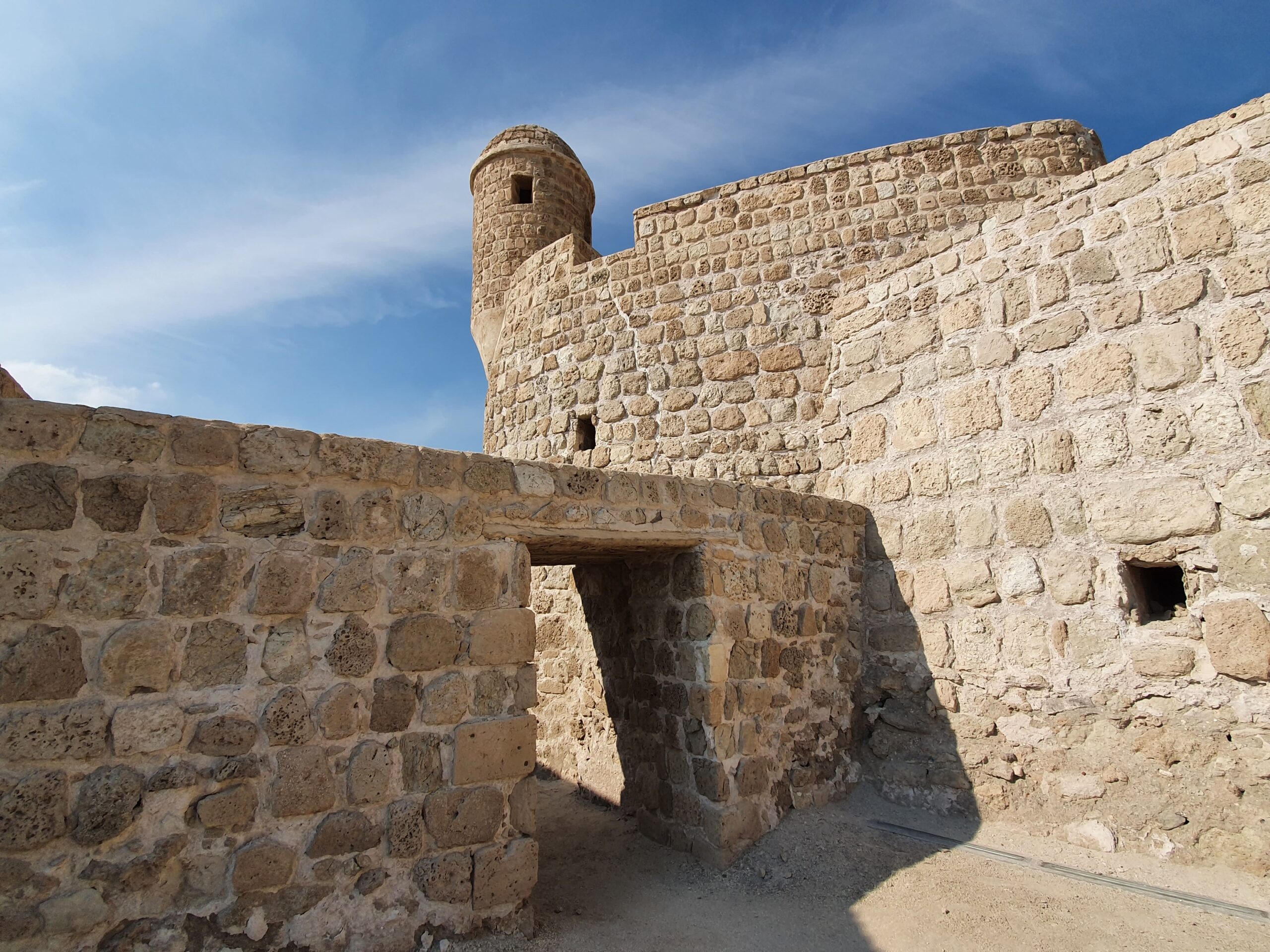
Bahrain Fort
The Qal’at al-Bahrain, commonly known as the Bahrain Fort or the Portuguese Fort, is a Bahrain archaeological monument and one of three forts in the country. Archaeological investigations since 1954 have revealed artifacts from a 12 m high artificial mound with seven layered strata, built by diverse inhabitants from 2300 BC to the 18th century, including Kassites, Greeks, Portuguese, and Persians. It was originally the Dilmun civilization’s capital and was designated a UNESCO World Heritage Site in 2005.
Bahrain National Museum
The Bahrain National Museum is the country’s largest and oldest public museum. It is located in Manama, next to the Bahrain National Theatre. The $30 million museum complex, which occupies 27,800 square meters and was inaugurated on December 15, 1988 by Bahrain’s Emir, Isa bin Salman Al Khalifa, is the country’s most popular tourist destination. It is said to be the area’s first modern museum.


Al-Fateh Mosque
The Al-Fateh Mosque is one of the world’s largest mosques, spanning 6,500 square meters and accommodating approximately 7,000 worshippers at once. The mosque was named after Ahmed Al Fateh and was erected in 1987 by the late Sheikh Isa bin Salman Al Khalifa. The National Library of Bahrain moved to Al-Fateh in 2006.
Bab Al Bahrain
Bab Al Bahrain is a historical structure in Manama’s core commercial sector, located near Customs Square. It is located at the main entrance to the Manama Souq. Bab Al Bahrain, planned by the British adviser to the emir, Charles Belgrave, and opened in 1949, previously existed on the Manama shoreline. The building is now several kilometers inland due to substantial land reclamation in the latter half of the twentieth century. The square is often regarded as the region’s first official public area.

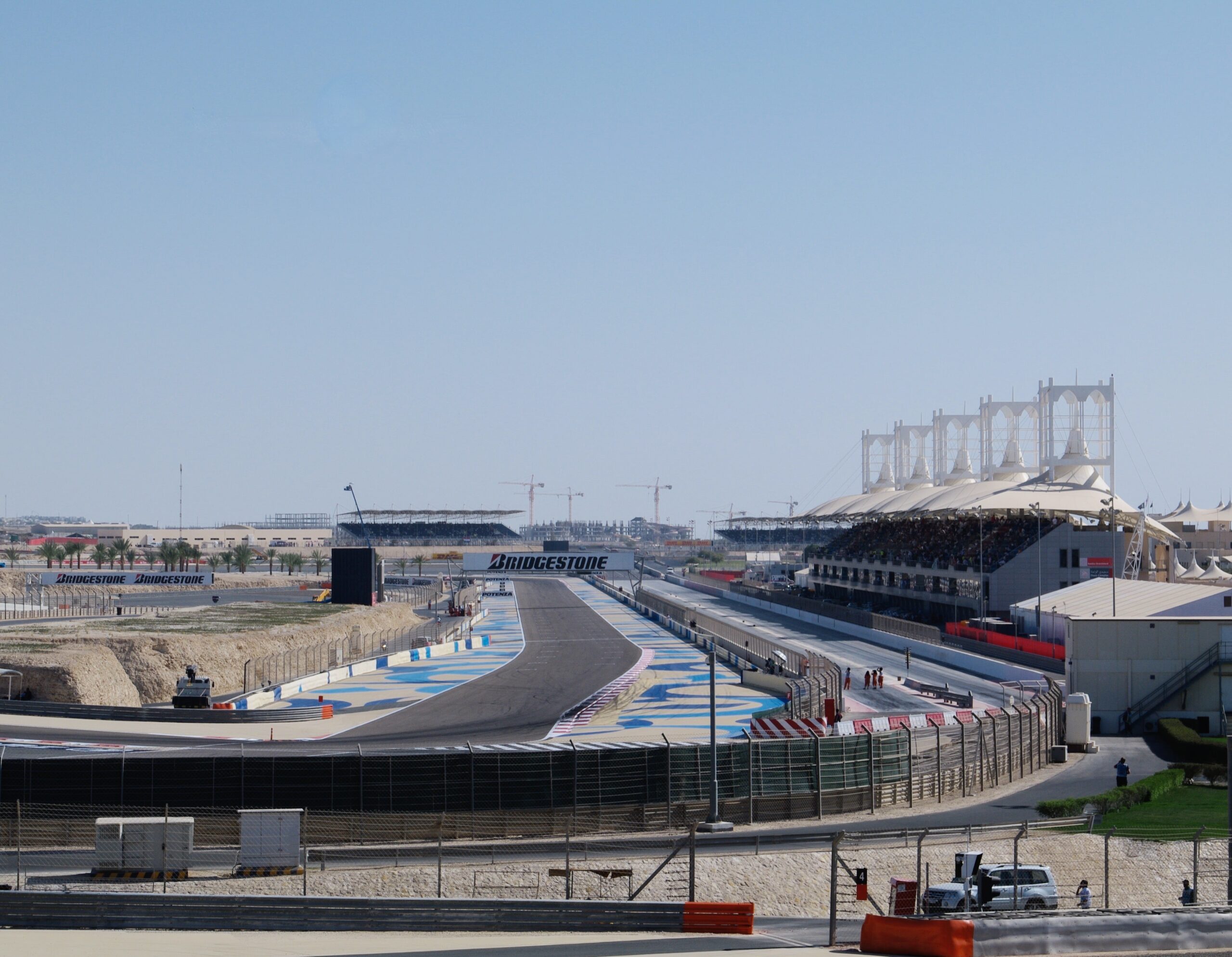
Bahrain International Circuit
The Bahrain International Circuit is a 5.412-kilometer-long motorsport facility that debuted in 2004 and hosts drag racing, the GP2 Series, and the annual Formula One Bahrain Grand Prix. The inaugural Grand Prix in the Middle East was contested in 2004. Beginning in 2006, Australian V8 Supercars raced at the BIC in the Desert 400 event. The V8 Supercars, however, did not return for the 2011 season. BIC also hosts 24-hour endurance events. The circuit is FIA Grade 1 certified. There are also other configurations for the circuit.
3-day Itinerary in Bahrain
Day 1
Arrive in Bahrain and start Soft Exploration
Bahrain was once known as the “Island of Pearls” for good reason, and you can participate in this historic commerce by diving for the valuable natural jewels yourself. You are permitted to pick up to sixty oysters and keep everything you discover.
Even if you’ve been inside other similarly stunning mosques, the Al Fateh Grand Mosque, Bahrain’s largest mosque named after the country’s founder, is worth a visit. Unlike other mosques, the Al Fateh Grand Mosque offers a guided tour (in various languages) that covers the history of the mosque as well as a broad introduction to Islam. It is without a doubt the most instructive mosque tour you will ever take.
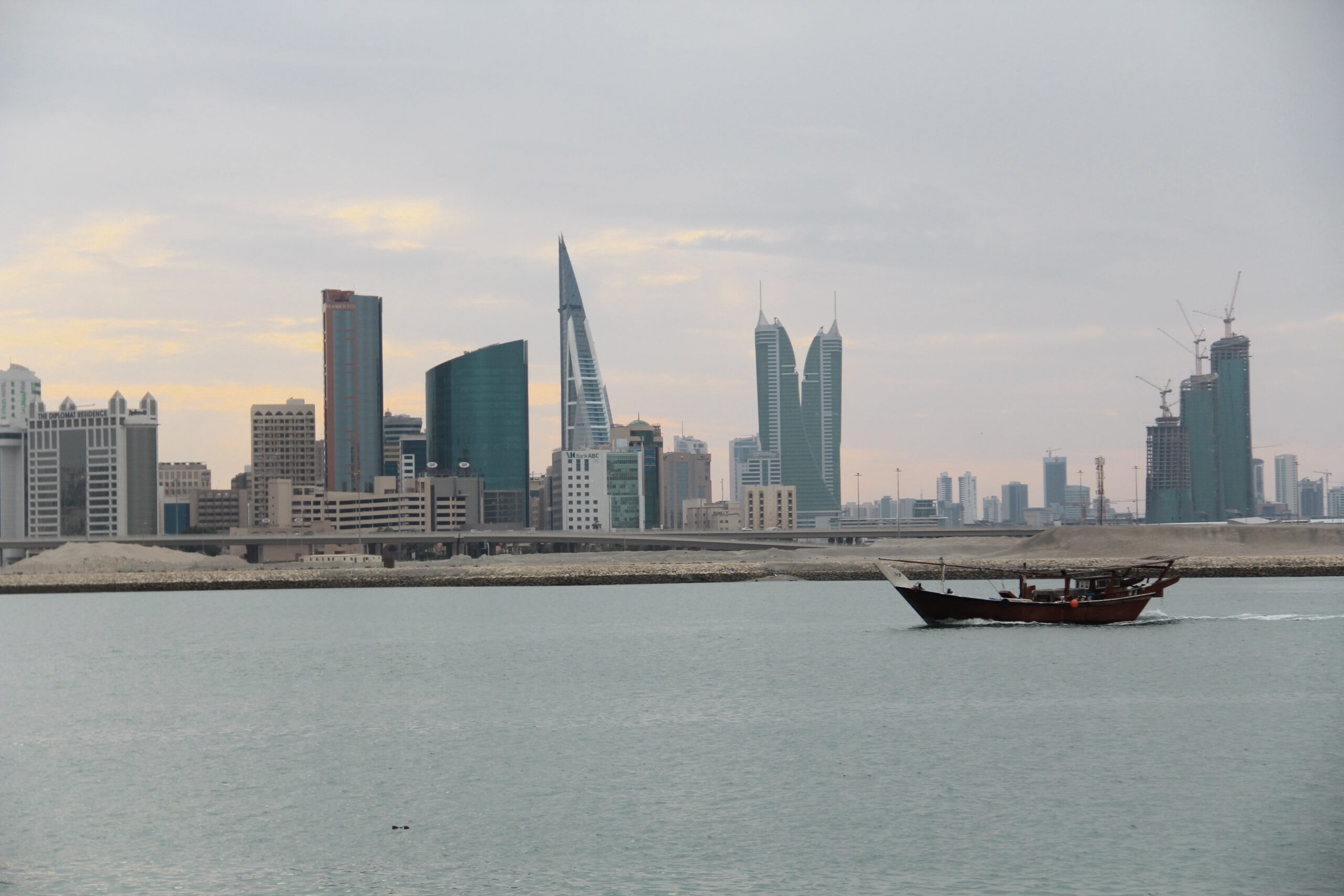

The Manama skyline is filled with renowned structures, like the World Trade Centre, which was recently voted one of the world’s most significant skyscrapers, and there’s no better place to see it than from a rooftop restaurant. We propose visiting the Blue Moon Lounge on the 50th level of the Four Seasons Hotel in Bahrain Bay.
Seef Mall, also known as District, is Bahrain’s first true mall and the country’s top family shopping and entertainment destination, with distinctive architecture and a dynamic environment. It is well-positioned in Seef District, one of the Kingdom’s fastest-growing residential and business districts, and has a total size of 135,000 square meters, with a gross leasable space of roughly 78,000 square meters. With world-class retail; fashion and jewelry brands for quality-conscious clientele, its 360 stores cater to a variety of lifestyles.
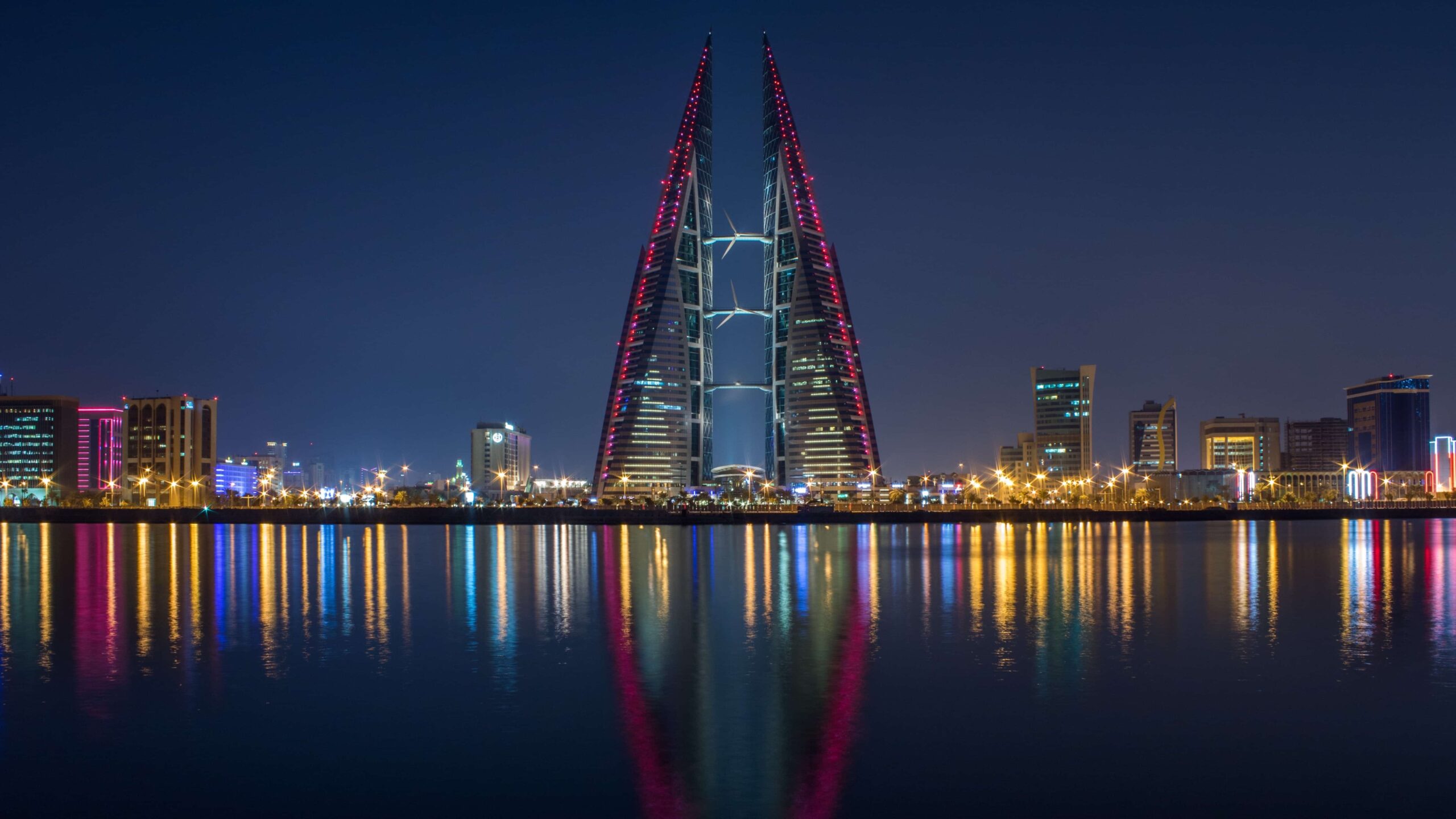

- Backpacker:
- Budget:
- Mid-range:
- High end:
This section will be added shortly.
This section will be added shortly.
Day 2
A Look Back in the Past
Bahrain National Museum, knowing nothing about Bahrain’s history before to your visit, it was only natural that you stop by the extensive and wonderfully built Bahrain National Museum. As you travel across the causeway from the airport to Manama, you’ll probably catch a sight of the spectacular museum.
The museum, which costs only 1 BD per person, gives a great overview of the island’s history, culture, and traditions. It’s tempting to dismiss Bahrain as just another oil-producing Gulf country, yet the country has a rich history that can only be appreciated by visiting the museum.
You may also go to Sheikh Isa Bin Ali’s residence for a stroll around the most aesthetically attractive authentic Arab house.

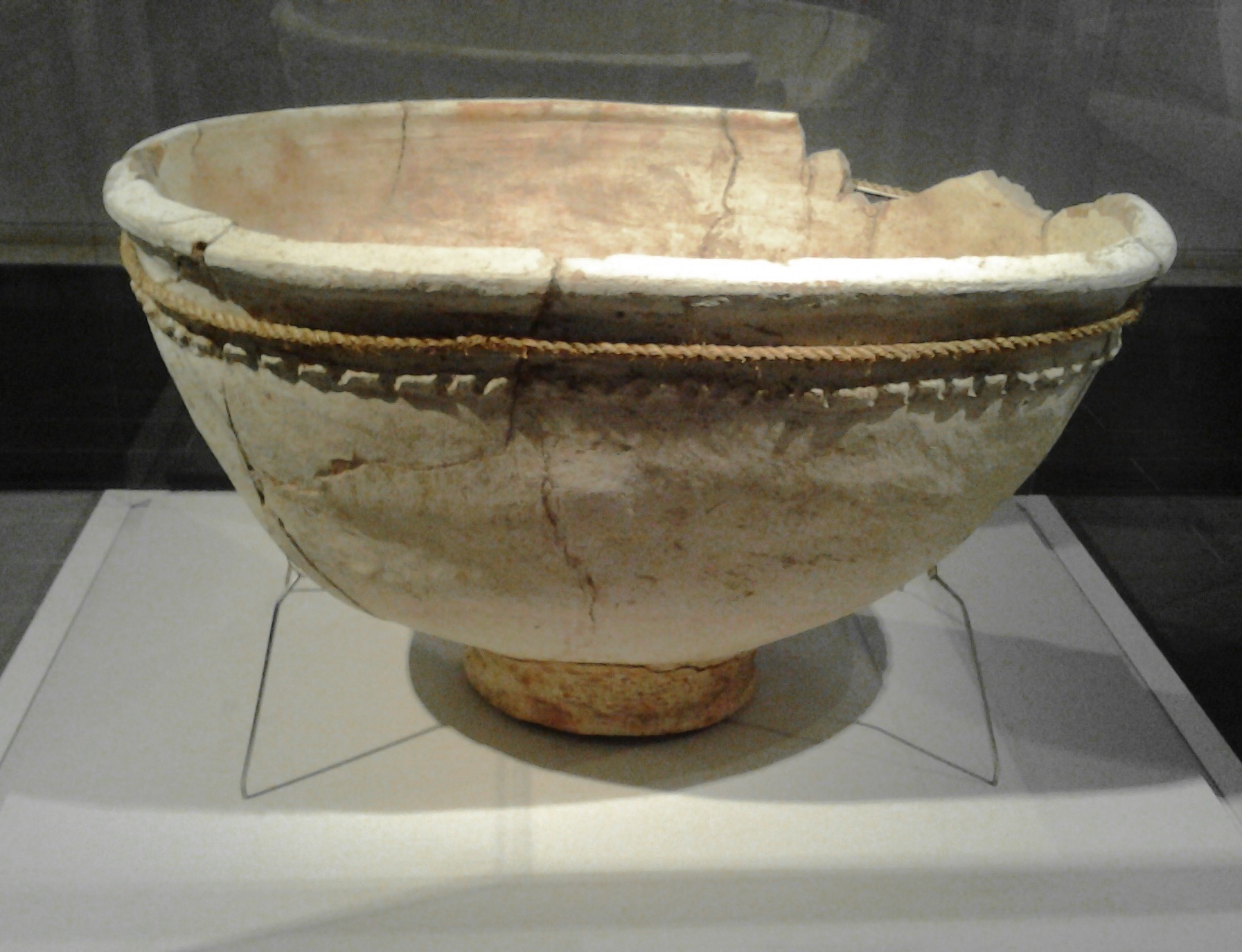
Then head to Bahrain, Qal’at al-Bahrain. As you learned at the National Museum of Bahrain, the island kingdom has a rich maritime history and was an important commercial outpost that numerous outsiders, notably the Portuguese, conquered or sought to occupy at various times. As a result, forts may be found all across the island. The Bahrain Fort, located on the northern shore near downtown Manama, provides an excellent backdrop.
Archeological findings indicate that the UNESCO World Heritage Site fort was occupied as long as 5,000 years ago. The fort is open to the public and popular with both residents and visitors. The neighboring museum costs 2 BD to enter, and if you’ve previously seen the National Exhibit of Bahrain, you may bypass the museum inside because it overlaps with what you’ve already seen.
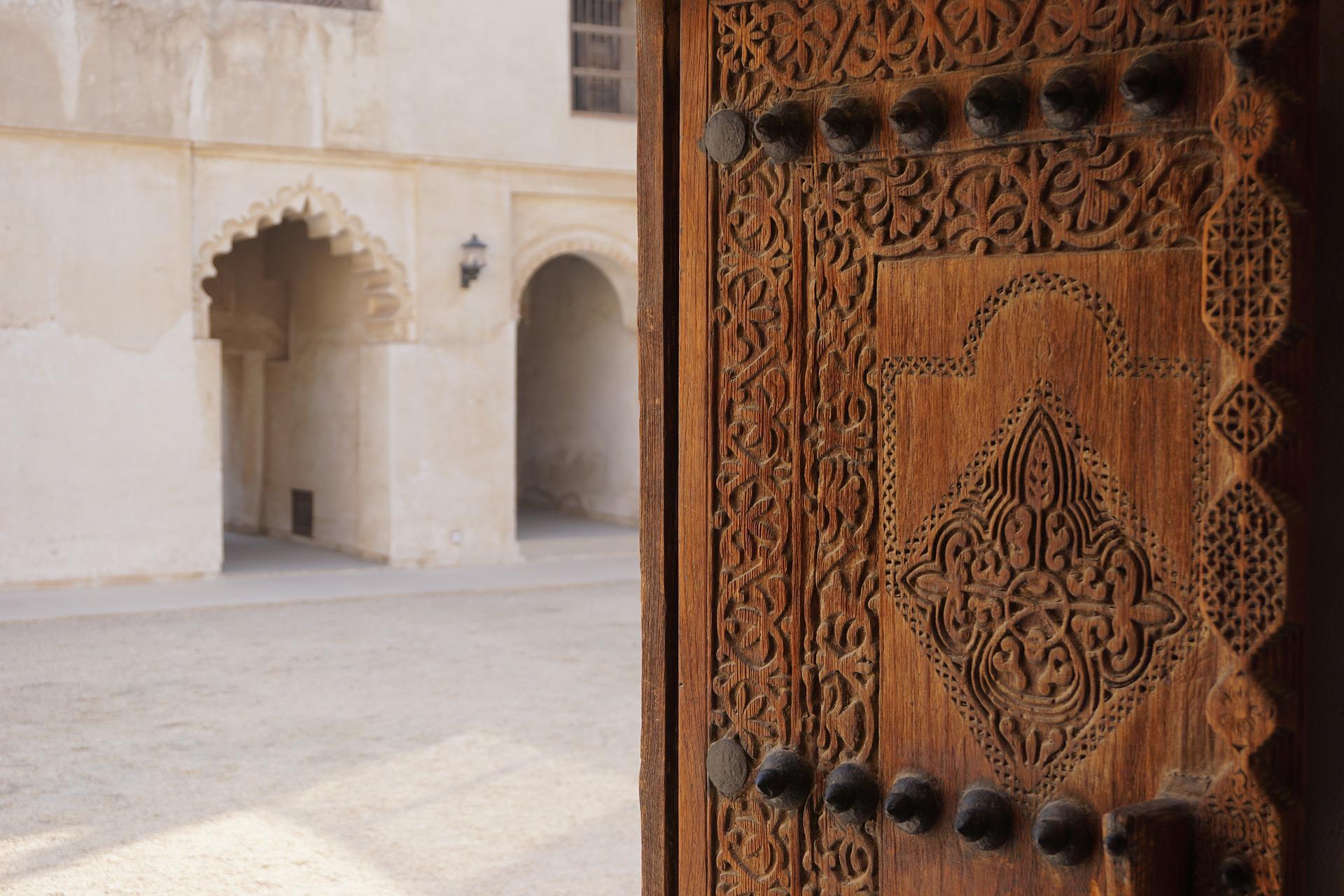

The Dilmun Burial Mounds, these graves, some of which date back to 2050BCE, are dispersed over A’Ali, Madinat Hamad, and Janabiyah and are another UNESCO world heritage site. Some of them contain many rooms and have housed Dilmun royalty’s bodies.
After a hard day, there is no better place to cool down than The Lost Paradise of Dilmun Water Park in this sweltering tiny nation. The Lost Paradise, Bahrain is a Dilmun Era-themed waterpark and the Kingdom of Bahrain’s first outdoor waterpark. It opened on September 2, 2007, and is Bahrain’s largest waterpark.
In the evening, you may spend your night by visiting one of the numerous restaurants, cafés, shopping centers, and neighborhoods, or simply walking about.
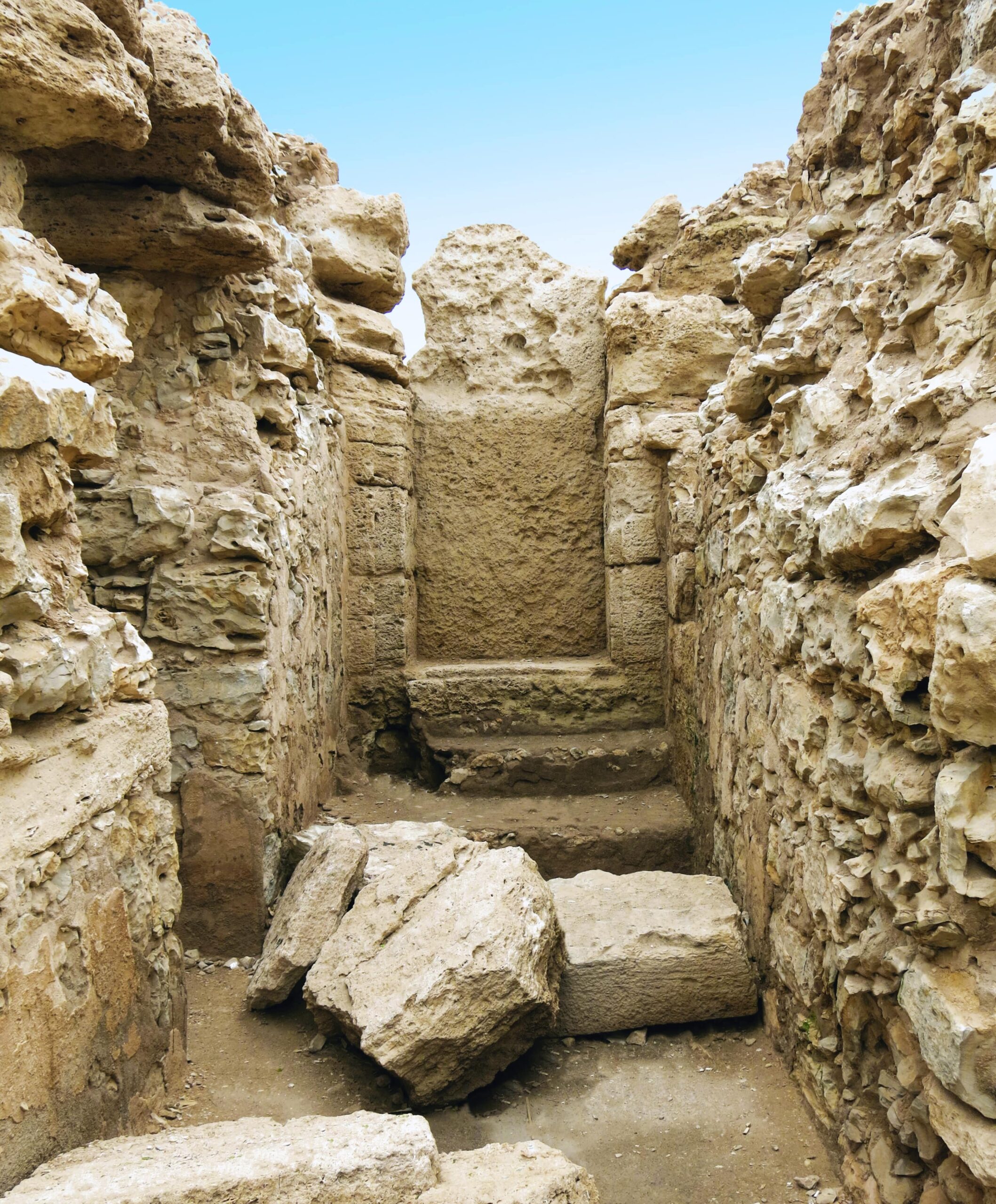
Day 3
An Active Day
The Royal Camel Farm was established on the outskirts of Manama by the late Sheikh Mohammed Bin Salman Al Khalifa, the present king of Bahrain’s uncle. It’s a hobby farm, which means the animals aren’t kept for racing or killing, and the royal family owns hundreds of camels. The Royal Camel Farm is not well known as a tourist site. However, it is open to the public every day until sunset, so come take a look around, see the camels, and chat to the farmers.
The farm is free to visit, however there are times when you may feed or even ride the camels for a small price that can be negotiated with the personnel. The Royal Camel Farm is best visited as part of a day trip of Bahrain’s major attractions, which also include Al Fateh Grand Mosque, Bahrain National Museum, Bait Al-Qur’an Museum, Bahrain Fort, the Burial Mounds, and Manama Souq.

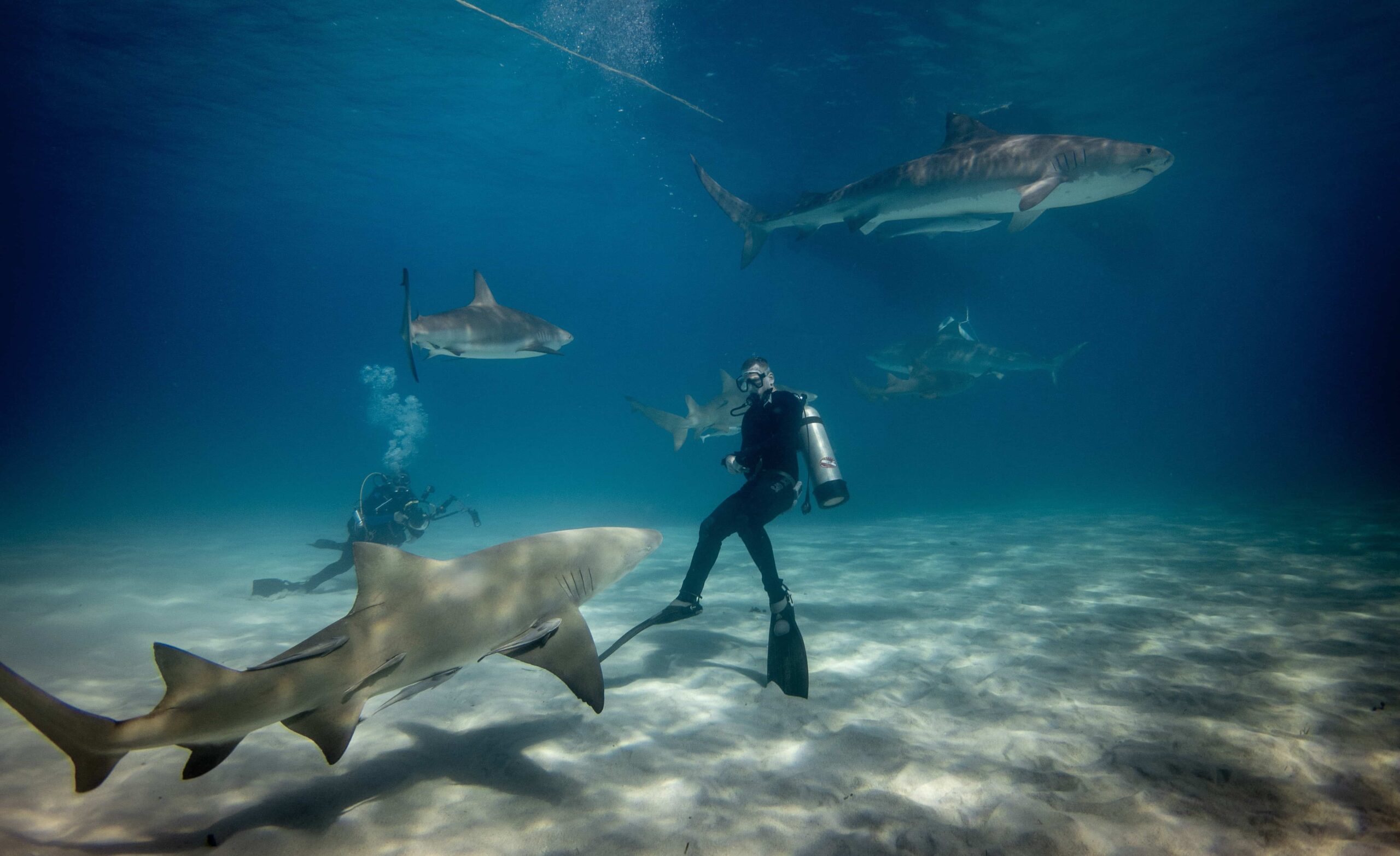
Next up is Bahrain’s International Circuit. Even if you can’t make it in time for the Grand Prix in Bahrain (March) you can still visit the Formula One circuit at Bahrain International Circuit. A guided tour of the circuit and Sakhir tower costs only BHD6.5, or you can also pay the premium and drive yourself.
When you are done, you may want go shopping but this time around into the old market, Bab Al Bahrain. The gateway was completed in 1949, serving as the primary entrance to the souq. The gate and customs buildings at Customs Square were previously a stone’s throw from the water’s edge, but due to land reclamation, the gate is now about a mile from the sea. From there, you may wander around the souq’s small lanes, where vendors offer anything from cell phones to herbs and spices. It’s certainly worth a trip because most of the merchants will leave you alone, allowing for a lovely evening stroll.
At nighttime, you could select from a variety of restaurants and cafés in the vicinity, or you can explore Bahrain’s retail scene. For a genuine dining experience, we recommend Haji Gahwa in Manama Souq or Saffron by Jena in Muharraq.



Last Minutes to Depart
On the same day (day 3) you can head to the airport and depart or if your flight is due the next day or late at night you may want to continue exploring some more of the sights in the country like the Tree of Life or many more attractions.
Bahrain’s Tree of Life for instance is a 9.75-meter-tall Prosopis cineraria tree that is almost 400 years old. It is located on a hill in the Arabian Desert, 2 kilometers from Jebel Dukhan, Bahrain’s highest point, and 40 kilometers from Manama. The tree is densely packed with green foliage. The tree is a local tourist attraction and is visited by roughly 65,000 people each year due to its age and the fact that it is the only large tree growing in the region. It is unknown how the tree will survive. Throughout the year, there is little to no rain in Bahrain.


The Most Popular Food in Bahrain
There is a lot of Arabic, Levant (Levantine or Lebanese), Persian, Indian, Balochi, African, Far East, and European gastronomic influence on the cuisine, although specific Bahraini cuisines are highly popular in the nation and worth researching. Most of the dishes are also available in other countries, however the recipes have been altered.

Machboos
A well-known rice dish that may be made with either chicken or beef. The inclusion of Bahrat (a specific spice combination) and Loomi to Machboos adds to the dish’s originality (dried lime). The Bharat generates a burst of infused flavors in your tongue, while the Loomi adds just the appropriate amount of spice to the meal. Rice, chicken, or beef are typically cooked together, giving the rice a distinct taste. To finish, the rice is dusted with rose water and saffron and served with a side of Daqoos, a green chili-based sauce.
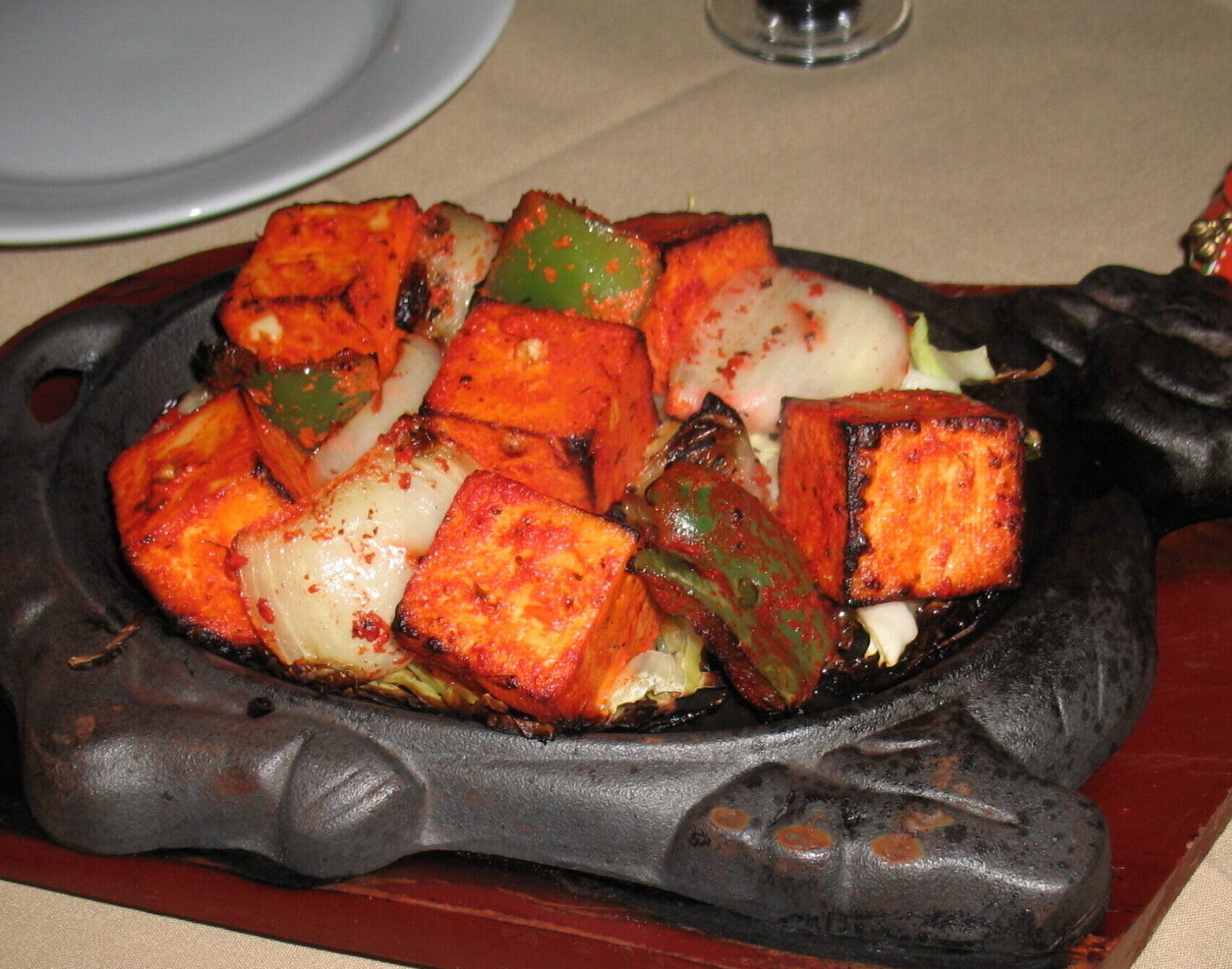
Tikka
If you like grilled chicken or beef, this is a dish you should not miss. Tikka is commonly eaten during dinnertime and comes in both beef and chicken varieties. The meat or chicken is marinated overnight and cooked fresh for you.
The chicken is marinated in tomato and paprika, and the meal comes in two varieties. The first is Yoghurt tikka, which is marinated with a yogurt mixture, and the second is Loomi tikka, which is coated with Loomi marination and has a pleasant sour taste. This is the ideal supper for meat lovers, served with freshly baked Iranian bread and vegetables.
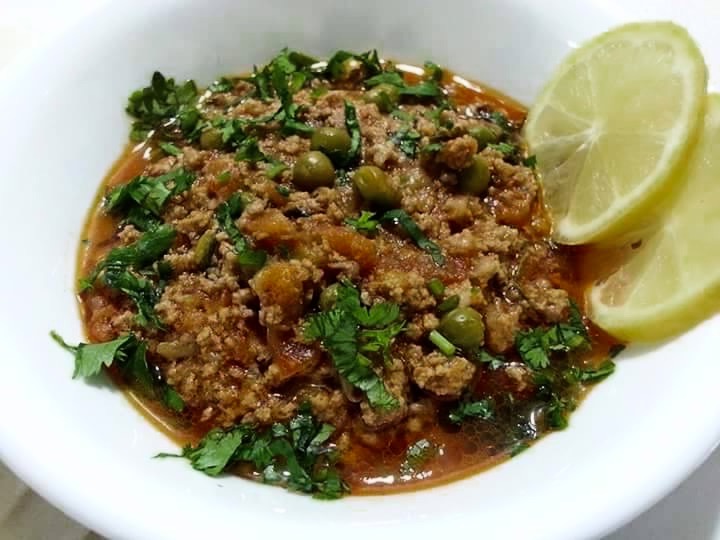
Keema
This meal is influenced by southern Asia and is cooked using minced beef, lamb, or mutton. Peas are added to the meat after it has been browned. Some variants include a combination of peas, potatoes, and tomatoes. This meal is available all day and is popular for breakfast with a platter of fried eggs on the side.

Safi
Safi is a Bahraini fish that may be found all across the island. Locals enjoy frying this fish after seasoning it with turmeric, black pepper, dried coriander, and sumac. It is then served with simple basmati rice and fried tomatoes and eggplants on the side. Very simple, but very tasty.
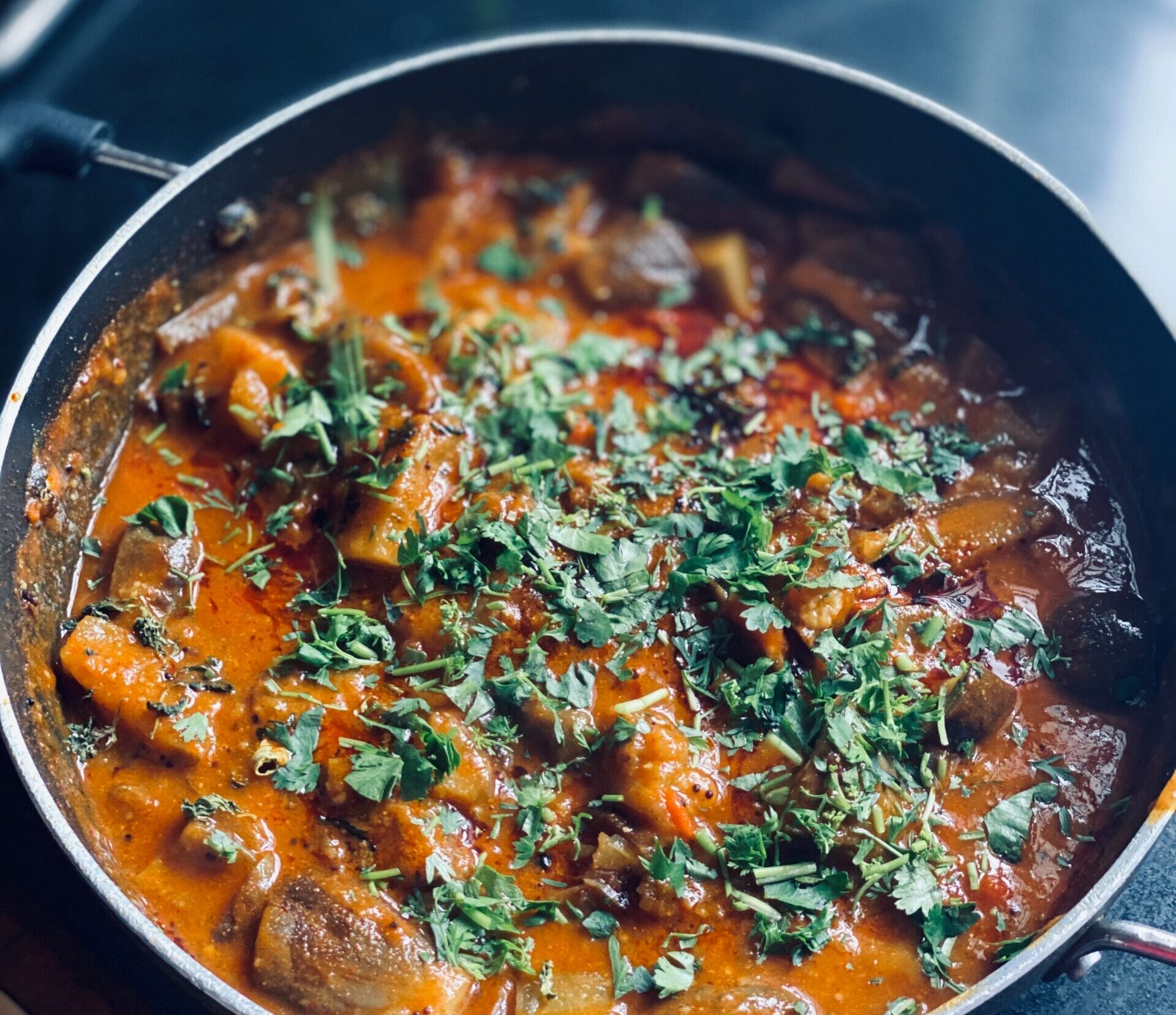
Thareed
Thareed has a special place in the hearts of most residents since it is said to date back to the prophet’s time. This beef and vegetable stew is served with either regular or crunchy bread Called Regag. This native delicacy is available all year, but it is also one of the primary meals offered during the Ramadan Iftar meal.
What's the Travel Budget for Bahrain?
Flights
- Flights start at roughly $230 from nearby countries. Tickets however on average cost around $600 and can cost more depending on which class and from which country you depart from.
Accommodation
- Nomad Backpacking style travelers can expect to spend around $300 for a week
- Budget travelers can expect to spend around $400 for a week
- Mid-range travelers can expect to spend around $600 for a week
- Luxury travelers can expect to spend around $1100 for a week
Food Budget (Three meals and drinks)
- Nomad Backpacking style travelers can expect to spend around $17 per person per day
- Budget travelers can expect to pay around $26 per person per day
- Mid-range travelers on average would cost $30 to $45 per person per day
- Luxury travelers can expect to pay around $65 to $80 per person per day
Overall Budget Styles (Not including Flights, Tours, Transportation, or Car Rental)
- Nomad Backpacking style travelers can expect to spend around $450 for a week
- Budget travelers can expect to spend around $700 for one person for a week
- Mid-range travelers can expect to spend around $950 for one person for a week
- Luxury travelers can expect to spend around $1700 for one person for a week
Flights
- Flights start at roughly $230 from nearby countries. Tickets however on average cost around $600 and can cost more depending on which class and from which country you depart from.
Accommodation
- Nomad Backpacking style travelers can expect to spend around $300 for a week
- Budget travelers can expect to spend around $400 for a week
- Mid-range travelers can expect to spend around $600 for a week
- Luxury travelers can expect to spend around $1100 for a week
Food Budget (Three meals and drinks)
- Nomad Backpacking style travelers can expect to spend around $17 per person per day
- Budget travelers can expect to pay around $26 per person per day
- Mid-range travelers on average would cost $30 to $45 per person per day
- Luxury travelers can expect to pay around $65 to $80 per person per day
Overall Budget Styles (Not including Flights, Tours, Transportation, or Car Rental)
- Nomad Backpacking style travelers can expect to spend around $450 for a week
- Budget travelers can expect to spend around $700 for one person for a week
- Mid-range travelers can expect to spend around $950 for one person for a week
- Luxury travelers can expect to spend around $1700 for one person for a week
Flights
- Flights start at roughly $230 from nearby countries. Tickets however on average cost around $600 and can cost more depending on which class and from which country you depart from.
Accommodation
- Nomad Backpacking style travelers can expect to spend around $300 for a week
- Budget travelers can expect to spend around $400 for a week
- Mid-range travelers can expect to spend around $600 for a week
- Luxury travelers can expect to spend around $1100 for a week
Food Budget (Three meals and drinks)
- Nomad Backpacking style travelers can expect to spend around $17 per person per day
- Budget travelers can expect to pay around $26 per person per day
- Mid-range travelers on average would cost $30 to $45 per person per day
- Luxury travelers can expect to pay around $65 to $80 per person per day
Overall Budget Styles (Not including Flights, Tours, Transportation, or Car Rental)
- Nomad Backpacking style travelers can expect to spend around $450 for a week
- Budget travelers can expect to spend around $700 for one person for a week
- Mid-range travelers can expect to spend around $950 for one person for a week
- Luxury travelers can expect to spend around $1700 for one person for a week
Flights
- Flights start at roughly $230 from nearby countries. Tickets however on average cost around $600 and can cost more depending on which class and from which country you depart from.
Accommodation
- Nomad Backpacking style travelers can expect to spend around $300 for a week
- Budget travelers can expect to spend around $400 for a week
- Mid-range travelers can expect to spend around $600 for a week
- Luxury travelers can expect to spend around $1100 for a week
Food Budget (Three meals and drinks)
- Nomad Backpacking style travelers can expect to spend around $17 per person per day
- Budget travelers can expect to pay around $26 per person per day
- Mid-range travelers on average would cost $30 to $45 per person per day
- Luxury travelers can expect to pay around $65 to $80 per person per day
Overall Budget Styles (Not including Flights, Tours, Transportation, or Car Rental)
- Nomad Backpacking style travelers can expect to spend around $450 for a week
- Budget travelers can expect to spend around $700 for one person for a week
- Mid-range travelers can expect to spend around $950 for one person for a week
- Luxury travelers can expect to spend around $1700 for one person for a week
If you want to know what to pack, read this list below:
- This is a conservative country that can get extremely hot, dress accordingly
- Raincoat or Light Waterproof Jacket
- Hiking Boots or Sturdy Sneakers (Shoes You Don’t Mind Getting Wet)
- Sunscreen
- Insect Protection – Repellent and Clothing
- Sunglasses and Sun Hat
- Water Shoes
- Beach Towels/Sarong
- Dry Bag
- Money Belt or Cross Bag
- Portable Medical Kit
- Flashlight or Headlamp
- Copies of your passport.
- Get all the needed vaccinations before traveling
- A power bank is a must in any travel.
- Always have some cash with you just in case there are no ATMs and if you are dealing with a business that solely accepts cash
- Get yourself an adapter for your gadgets
- 1 toothbrush
- 1 tube of toothpaste
- 1 razor
- 1 package of dental floss
- 1 small bottle of shampoo
- 1 small bottle of shower gel
- 1 towel
- Deodorant
- Band-Aids
- Hydrocortisone cream
- Antibacterial cream
- Earplugs
- Tylenol
- Hand sanitizer (germs = sick = bad holiday)
- A key or combination lock
- Zip-lock bags
- Plastic bags (great for laundry)
- Universal charger/adaptor
- LifeStraw (A water bottle with a purifier)
- 1 dry shampoo spray & talc powder
- 1 hairbrush
- Makeup you use
- Hairbands & hair clips
- Feminine hygiene products
Clothing For Boys
- 1 pair of jeans or khaki pants
- 1 pair of shorts
- 1 bathing suit
- 5 T-shirts
- 1 long-sleeved T-shirt
- 1 pair of flip-flops
- 1 pair of sneakers
- 6 pairs of socks
- 5 pairs of boxer shorts
Clothing For Girls
- 1 swimsuit
- 1 sarong
- 1 pair of stretchy jeans
- 1 pair of leggings
- 2-3 long-sleeve tops
- 2-3 T-shirts
- 3-4 spaghetti tops
- 1 light cardigan
Want to plan your own trip, here are some of the best resources that can help you
- Skyscanner – They search small websites and budget airlines that larger search sites tend to miss. They are hands down the number one place to start.
- Momondo – This is another favorite flight search engine because they search such a wide variety of sites and airlines. Always check here too.
- Booking.com – The best all-around booking site that constantly provides the most affordable and lowest rates. They have the widest selection of budget accommodation.
- Couchsurfing – This website allows you to stay on people’s couches or spare rooms for free. It’s a great way to save money while meeting locals who can tell you the ins and outs of their city. The site also lists events you can attend to meet people (even if you’re not staying with someone).
- Intrepid Travel – If you want to do group tours, go with Intrepid. They offer good small group tours that use local operators and leave a small environmental footprint.
- Grassroots Volunteering – For volunteering, Grassroots Volunteering compiles a list of good local volunteer organizations that keep the money within the community.
- Get Your Guide – Get Your Guide is a huge online marketplace for tours and excursions. They have tons of tour options available in cities all around the world, including everything from cooking classes, walking tours, street art lessons, and more! It has the world’s largest collection of things to do with more than 30,000 activities in 7500 destinations.
- SafetyWing – Safety Wing offers convenient and affordable plans tailored to digital nomads and long-term travelers. They have cheap monthly plans, great customer service, and an easy-to-use claims process that makes it perfect for those on the road.
- Trip Advisor: Check the reviews and then book your accommodation. TripAdvisor is where you go when you want to compare prices with multiple accommodation providers.
- VRBO: is the main search engine to use when you are looking for a home or apartment rental. It can sometimes be cheaper than hotels and it is the best way to stay in areas that offer a more local feel.
- Hostelworld: With one of the largest databases of hostels in the world, Hostelworld is the go-to site when you are looking for budget accommodation.
- Rome 2 Rio: If you want to see how to get somewhere by plane, train, bus, ferry, or car Rome2Rio lays it all out for you as well as related costs.
- World Nomads Insurance: When traveling you should always have travel insurance. We have found the best bang for your buck is by far World Nomads.
Final Thoughts on Bahrain
Bahrain has a deep cultural history and a lot to do and see, with an almost 5000-year-old history with the Dilmun empire and its modern lifestyle, so enticing that it’s worth traveling to. Would you?
If you’ve been to Bahrain let us know how your trip was in the comments below.